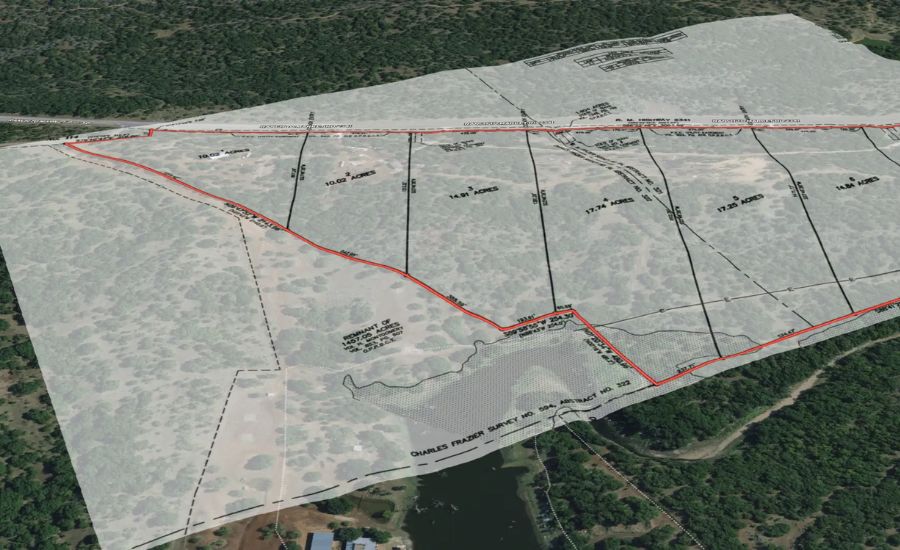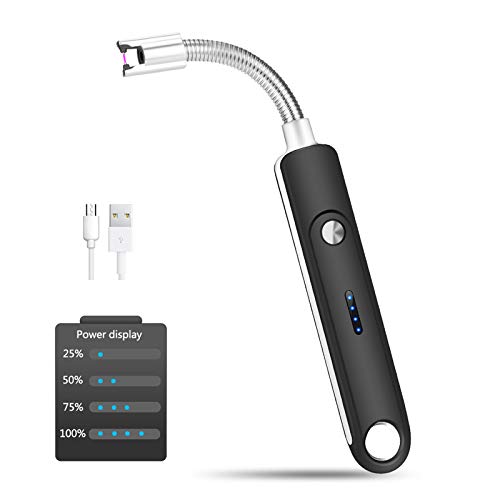Must-Have Features in Modern Deed Plotting Software
In the digital age, technology has transformed various industries, including real estate and land surveying. With the advent of modern deed plotting software, professionals in these fields now have the advantage of increased efficiency, accuracy, and productivity.
However, with so many options available on the market, it can be challenging to determine which features are essential for maximizing the benefits of such software. In this featured post, we will explore the must-have deed plotting software features that can revolutionize how professionals in real estate and land surveying thrive in their day-to-day operations.
1. Seamless Data Import and Export
One crucial aspect when determining suitable deed plotting software is its ability to seamlessly import and export data from different file formats. The software should allow professionals to effortlessly integrate existing data from multiple sources such as CAD files, shapefiles, spreadsheets, or even scans of physical deeds. This functionality eliminates painstaking manual input and enables a smooth transition from traditional paper-based methods to digital solutions.
2. User-Friendly Interface
A user-friendly interface is a paramount feature that ensures ease of use for professionals working with deed plotting software. An intuitive interface not only accelerates the learning process for new users but also optimizes the workflow for experienced practitioners. With an ergonomic interface design comprising clear icons, easy-to-understand menus, and tools iconography, professionals can navigate efficiently through complex tasks with minimal effort.
3. Robust Parcel Editing Tools
Modern deed plotting software should offer robust parcel editing tools that empower users to manipulate plotted parcels accurately and conveniently. A comprehensive set of editing features that includes resizing boundaries, creating custom shapes based on specific requirements (such as easements or right-of-way), and defining curves using bearing/curve/square objects are essential for seamless customization during plot creation.
4. Versatile Coordinate System Support
Another vital feature in modern deed plotting software is versatile coordinate system support. Software should allow users the flexibility to work with different coordinate systems, ensuring compatibility with diverse surveying standards and regional requirements. The ability to easily switch or convert between state plane coordinates, latitude/longitude, Universal Transverse Mercator (UTM), and other popular coordinate systems empowers professionals working in various geographic areas.
5. Accurate Geodetic Calculations
When dealing with land surveys, accuracy is paramount. Modern deed plotting software must incorporate accurate geodetic calculations for distance, bearing, azimuth, and area measurement. The software should ensure precise angular and linear calculations, which are crucial in determining property boundaries with pinpoint accuracy.
6. Powerful Integration Capabilities
As real estate and land surveying are typically interdisciplinary fields that require data exchange across multiple platforms, software integration capabilities become indispensable. Modern deed plotting software needs to have powerful integration capabilities that facilitate seamless exchange of data with other mainstream drawing or CAD solutions (e.g., AutoCAD), databases (e.g., Microsoft Access or Excel), or Geographic Information System (GIS) platforms. This ensures effortless collaboration and optimized data management within a professional’s workflow.
7. Automated Batch Processing
To achieve optimal efficiency for larger projects or repetitive tasks, modern deed plotting software should offer automated batch processing capabilities. This entails automation features for importing multiple files simultaneously, executing mapping operations on numerous plots effortlessly, generating customized reports automatically, and exporting vast amounts of data without manual intervention. Automated batch processing significantly reduces the time required to complete routine tasks, enhancing productivity and accommodating modifications as and when required.
8. Cloud-Based Collaboration
Given the widespread adoption of cloud-based technologies across industries today, modern deed plotting software should embrace this trend by offering cloud-based collaboration features. Tools that enable project teams to work seamlessly in real-time from any location enhance productivity by allowing instant access to up-to-date project information while fostering effective communication among team members.
9. Robust Security Measures
With sensitive client information and valuable survey data at stake, robust security measures are a vital requirement for modern deed plotting software. Encryption protocols, user authentication mechanisms, and controlled access to data ensure the protection and integrity of information stored within the software. Regular updates and adherence to industry-standard security practices are crucial in maintaining a secure environment.
Conclusion
While numerous features are available in modern deed plotting software today, understanding the must-have functionalities can greatly assist professionals in making informed decisions. Prioritizing seamless data import/export capabilities, user-friendly interfaces, parcel editing tools, versatile coordinate system support, accurate geodetic calculations, powerful integration capabilities, automated batch processing options, and cloud-based collaboration features while keeping cybersecurity in mind ensures professionals maximize efficiency, accuracy, and productivity in their workflow. Investing in the right deed plotting software provides professionals with the tools necessary to stay ahead in this ever-evolving real estate and land surveying industry.







